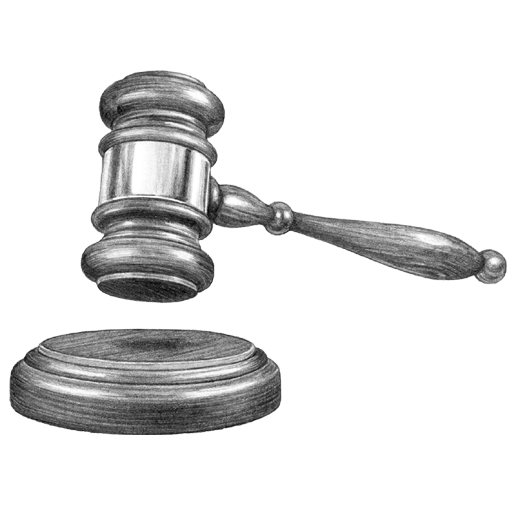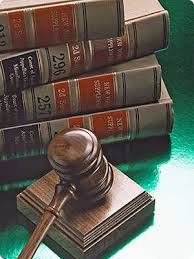Call us now:
Essential Qualities to Look for in the Best Family Lawyers
Finding the right family lawyer can be a daunting task, especially considering the emotional and legal complexities involved in family law matters. Whether you are…
Get free legal advise from our experienced lawyers.
Our mission is to provide valuable information, expert advice, and compassionate support to help you navigate the complexities of family law with confidence and peace of mind.
Understanding your rights and options during a divorce or separation is crucial. Our experts provide clear guidance to help you navigate this difficult time.
Ensuring the best interests of your children is our top priority. We offer insights into child custody arrangements, support obligations, and parenting plans.
Fair and equitable division of assets is essential. Learn about your rights and the legal processes involved in property settlements.
Understand your entitlements and obligations regarding spousal maintenance and how it can impact your financial future.
At Be Brave NJ, we provide a comprehensive range of family law services designed to support you through every stage of your legal journey. Our experienced team of family lawyers in Sydney, Melbourne, and across Australia is dedicated to providing compassionate and expert legal assistance.
Navigating the complexities of divorce and separation can be challenging.
Ensuring the best interests of your children is our top priority.
Our team helps you achieve fair and equitable property settlements.
We provide comprehensive support in securing spousal maintenance.
Assistance in obtaining restraining orders and other protection orders.
Navigating the legal complexities of adoption and surrogacy requires expert guidance.
At Be Brave NJ, we are committed to providing you with the support and information you need to face family law challenges head-on. Connect with us today to learn more about our services and how we can assist you.
I can’t express how grateful I am for the support I received from Be Brave NJ. Their team of family lawyers in Sydney helped me navigate a difficult divorce with compassion and professionalism. They were always there to answer my questions and provided invaluable guidance.
Michael Jenny, Melbourne, VIC

Our blog is a treasure trove of valuable information on Australian family law. Stay updated with the latest legal developments, expert opinions, and practical advice.
Finding the right family lawyer can be a daunting task, especially considering the emotional and legal complexities involved in family law matters. Whether you are…
Family law can be a complex and sensitive area of legal practice, especially in Australia where the laws are designed to cater to the diverse…
In the world of horse ownership, there are many responsibilities and considerations that go beyond simply caring for your beloved equine companion. Equine law is…

